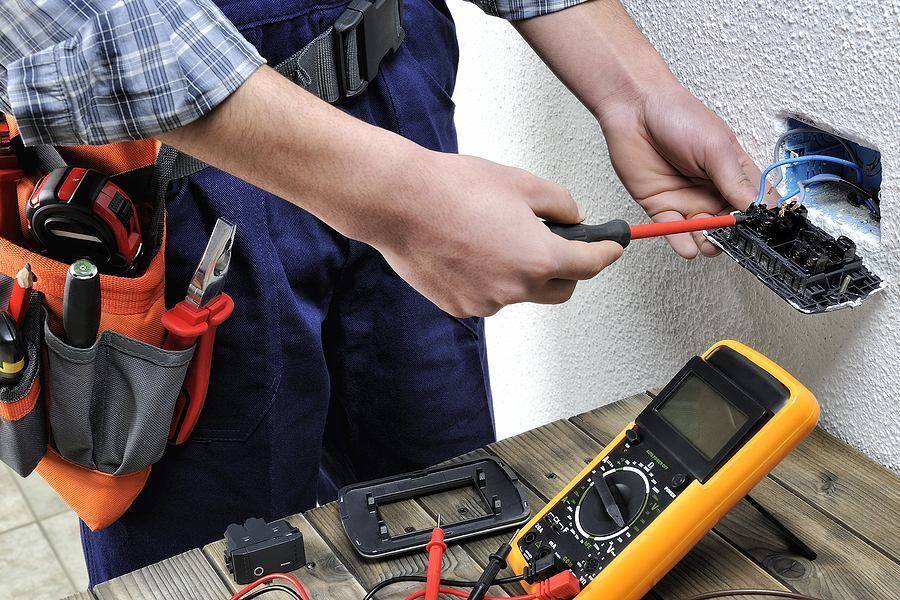Emergency Certified Electricians in Dallas, TX.
Call this Wednesday to Get 10% OFF
Emergency Certified Electricians in Dallas, TX.
Call this Wednesday to Get 10% OFF

The digital multimeter is an electrician’s best friend, but it’s also incredibly useful for homeowners and business owners who want to tackle basic electrical troubleshooting. One common issue that arises is a malfunctioning circuit breaker.
Knowing how to test a circuit breaker using a digital multimeter can save time and money, and it can ensure your electrical system’s safety. In this brief article brought to you by Mr. Electric, we walk you through the process step-by-step.
This guide should help even if you have little to no experience with electrical work, but it is always advisable to hire a certified electrician if there are serious safety risks. Scorch marks, sparking, and burning smells are all RED FLAGS! Call Mr. Electric if you need urgent circuit breaker repair.
A circuit breaker is a safety device designed to protect an electrical circuit from damage caused by overcurrent or short circuit. It automatically interrupts the flow of electricity if it detects a fault, thereby preventing potential hazards such as electrical fires.
However, circuit breakers themselves can sometimes fail, and testing them with a digital multimeter is a straightforward way to diagnose the problem.
Before starting, ensure you have the following tools and safety measures in place:
Always take safety precautions seriously. If you feel unsure or uncomfortable working with electrical components, consult a certified electrician. To have a uniformed electrician handle the electrical repair service, call Mr. Electric.
If you get a normal voltage reading but the breaker still trips or doesn’t work correctly, there may be an issue with the connected circuit or appliance. If you get no voltage or continuity, it’s a strong indication that the breaker is faulty and needs replacement.
Whether you need an electrical panel replacement or a quick repair, the certified electricians at Mr. Electric are happy to help. Call now for an urgent electrical repair service or to schedule an appointment for a better time.